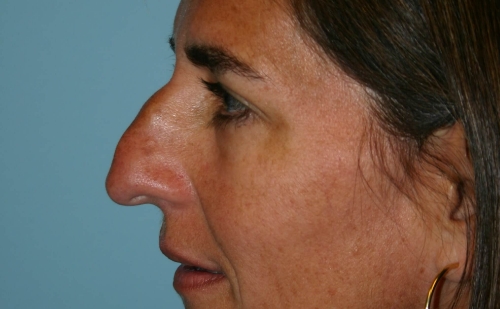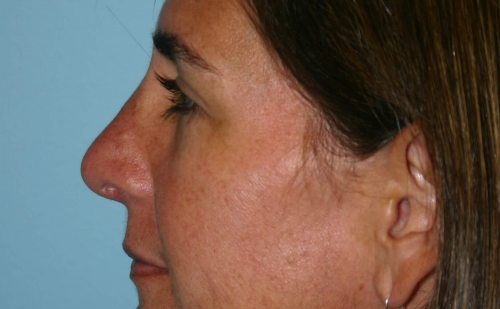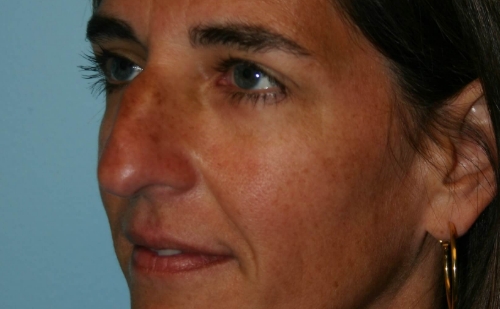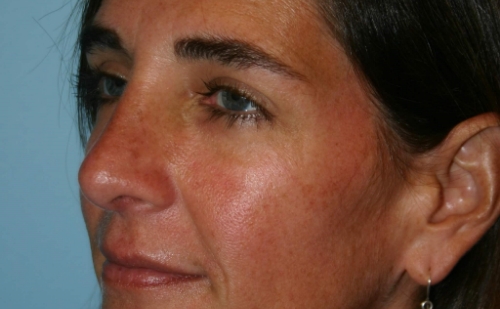Dr. Michael Decherd and Dr. Matthew Isakson perform rhinoplasty surgery for women and men who desire a more aesthetically pleasing nose. The most common reason to have rhinoplasty is for cosmetic purposes. Whether caused by trauma or heredity, we can correct asymmetries and imperfections and create a balanced, natural look. Using a subtle approach to nose reshaping, he can help improve the appearance of noses that are too big, too wide, crooked, or have a deformity such as a visible bump on the top or at the tip. Dr. Decherd and Dr. Isakson also offer revision rhinoplasty procedures to patients in the San Antonio area.

Surgical Considerations
Dr. Decherd and Dr. Isakson are skilled in performing both open and closed rhinoplasty. The approach taken during surgery will be based on the aesthetic goals of the patient, as well as the complexity of the surgical case. Open rhinoplasty is used for more complex cases and allows the surgeon greater access to the nose to manipulate cartilage and bones. The incisions are made on the tissue between the nostrils or on the natural crease of the nose just above the lips. Closed rhinoplasty is used for cases that require mild reshaping and are not as severe. The incisions are made to the inside of the nose through the nostrils.
FULL RHINOPLASTY REVISION
Secondary rhinoplasty can be challenging as the surgeon works to correct or fix a problem stemming from the first surgery. During this procedure, the majority of surgeons will use an open approach. This entails separating the skin from the support framework of cartilage and bone, which offers the surgeon full access to the structures within the nose. The surgeon will re-sculpt the nose to a more desired shape depending on the problem being addressed. If additional tissue is needed, an autologous approach is typically taken, which uses cartilage and bone from the patient.
TOUCH-UP RHINOPLASTY
Some patients may be happy with the look and feel of their nose following surgery, but need a slight touch-up. This may include a visible bump or edge on the tip of the nose. The imperfection is usually found and discussed during a post-operative appointment and it is common for the original surgeon to address the issue. This surgery is less complex than the original surgery and may only involve slight shaving of the bone. It usually produces results both the patient and surgeon are content with.
DURING/AFTER SURGERY
Secondary rhinoplasty is performed under general anesthesia in an accredited surgical facility. The duration of this surgery depends on whether the nose is being reconstructed or a minor alteration is being made. After surgery, patients will wear a nose splint and will experience bruising and swelling. For patients undergoing revision surgery, the process can be somewhat unnerving. The goal is for the nose to return to a natural, non-surgical appearance. If an experienced surgeon is performing the procedure, the results are often positive.
National Recognition for Rhinoplasty Excellence
We’re proud to share that Newsweek has recognized Dr. Decherd as one of America’s Best Plastic Surgeons for Rhinoplasty. This honor highlights his refined surgical technique, natural results, and commitment to achieving harmony and balance in every patient’s facial profile.

Before & Afters
View Stunning transformations
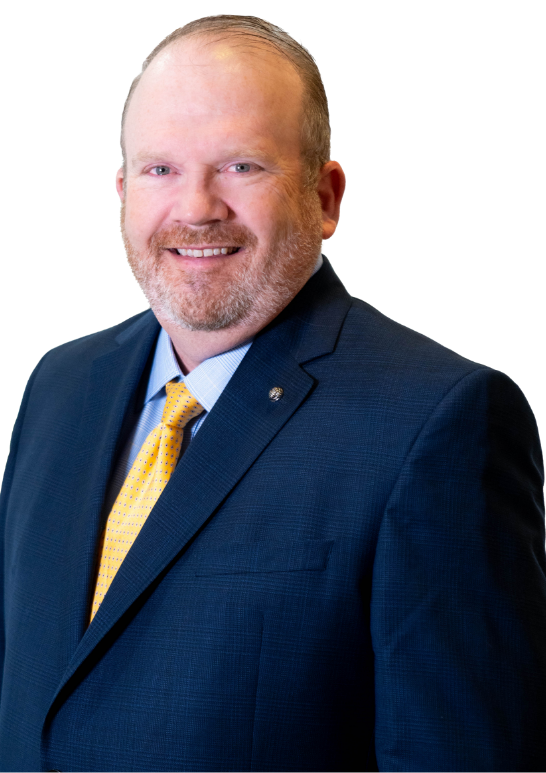
Board Certified, MD
Dr. Decherd
Dr. Decherd is a fourth-generation doctor who chose plastic surgery because he enjoys helping people look and feel their best.
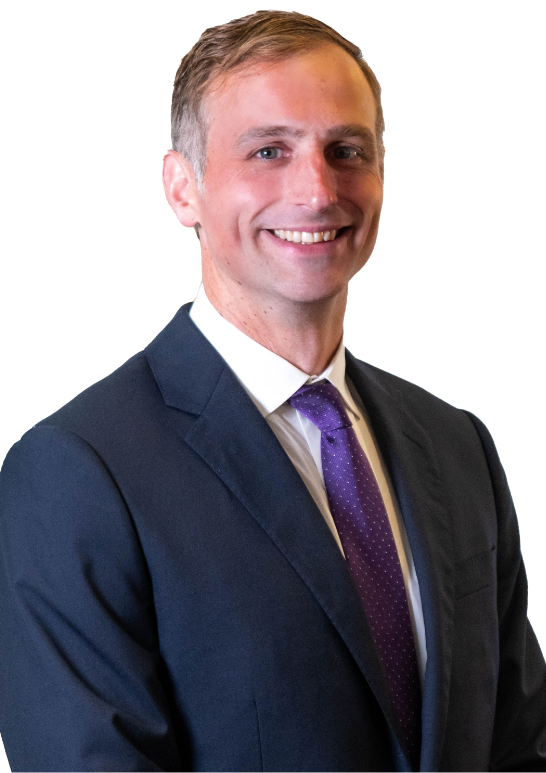
Board Certified, MD
Dr. Isakson
Dr. Isakson is a board-certified plastic surgeon with specialized fellowship training and extensive experience in aesthetic surgery.



